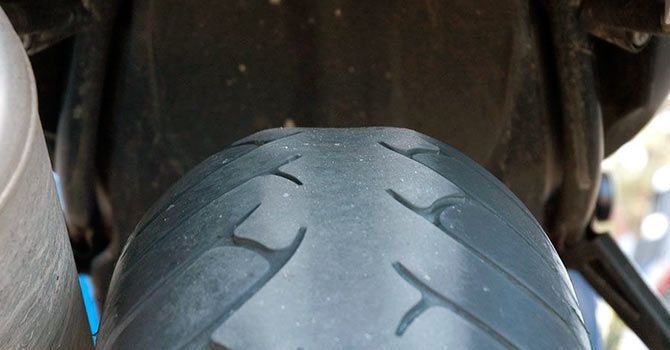Changing a flat bike tire is a relatively simple remedy, as long as you know how to do it. It will ultimately happen whether you ride on smooth pavement, bumpy gravel, or rugged singletrack trails, so you might start with the essential tools and the bike repair expertise you need to handle the issue.
Below, we go through everything you need to know about changing a bike tire, including successful bike tire repair advice. Using tubeless tires, you can skip to the tubeless section by scrolling down. Finally, here is your detailed instruction manual when you’re ready to start.
How to Change a Tire and Fix a Flat Tyre
Step 1: Take the Tire Off
Take out the wheel first. Keep your bike upright and engage the most demanding gear in your drivetrain if you have a rear-wheel flat. You should also loosen the brake if your bike has rim brakes, which many bikes still have today.
Next, place yourself on the side of your bike that isn’t the driver (across from the chain) and remove the wheel by either releasing the quick release or unthreading the thru-axle.
You can now take the tire off. Place the rounded end of one tire lever under the tire’s bead (outside edge) to dislodge it. Fix the other end of the lever to a spoke to keep it in place and prevent the unseated tire from popping back into the rim. Once one side of the tire is off, push the second lever clockwise around the rim by hooking it under the bead adjacent to the previous one. The tire doesn’t have to be taken off entirely.
Buy manual tire changer duckhead
Step 2: Track down the Offender
When the tire is free, remove the old tube (if necessary) and search for the flat, which a thorn, piece of glass, or another sharp object may have caused. To avoid getting another flat, carefully run your fingertips around the inside of your tire and rim to ensure nothing sharp is left behind. Next, examine the tire’s exterior, keeping an eye out for any potential foreign objects that may still be embedded in the rubber.
Pump some air into the old tube to identify the leak if you’re using tubes and want to perform some detective work. A pinch flat is represented by two holes next to each other, where the tube becomes pinched between the tire and the rim. A single hole indicates that a sharp object most likely caused your flat. You can double-check the area with a hole to ensure that the culprit has been removed by aligning the tube with the tire and using the valve as a point of reference.
Step 3: Fix the Issue.
If you’re the frugal type who likes to reuse old tubes, have several flats on your ride, and are out of spare tires, you can patch your tube with a patch kit. Go to the following section if you have a new tube.
First, use an emery cloth to wipe the pierced area and roughen the surface. Next, place it over the hole and firmly push for a glueless fix. Next, add a slight glue coating to the tube and patch if the patch calls for glue. When the bond becomes sticky, place the patch on top and push firmly to ensure it attaches.
Step 4: Install the tube
Just enough air should be pumped into your repaired or new tube to keep its shape. This makes fitting it into the tire simpler. After inserting the valve stem straight through the valve hole in the rim, place the tube inside the tire. Next, roll the tire back onto the rim with your hands, rolling the bead away from you. Avoid using levers to reseat the tire to avoid damaging your new tube. Once you reach the valve stem, tuck the tire bead into the rim on both sides and push up on the branch to insert the tube into the tire.
Step 5: Reinstall the Wheel
Reattach your wheel if everything appears in order, making sure the quick-release or thru-axle lever is located on the side of your powertrain opposite the rotation.
If your rear wheel flatted, carefully reattach the wheel to the frame by wrapping the top of the chain over the cassette’s smallest cog. You can either reinstall the thru-axle into the frame and hub and thread it closed, or you can complete your quick release and, if appropriate, your rim brakes.
Lift the rear wheel one last time and give your cranks a quick spin to check that everything is back in place and working correctly. Then, remount your bike and enjoy your ride if everything is in order.

